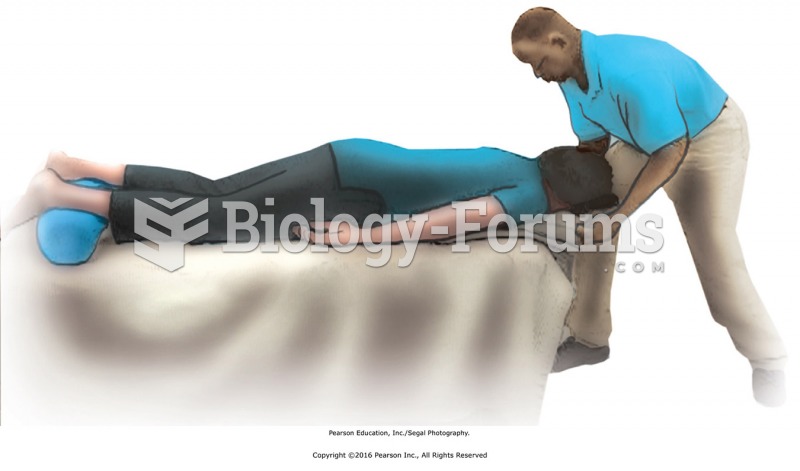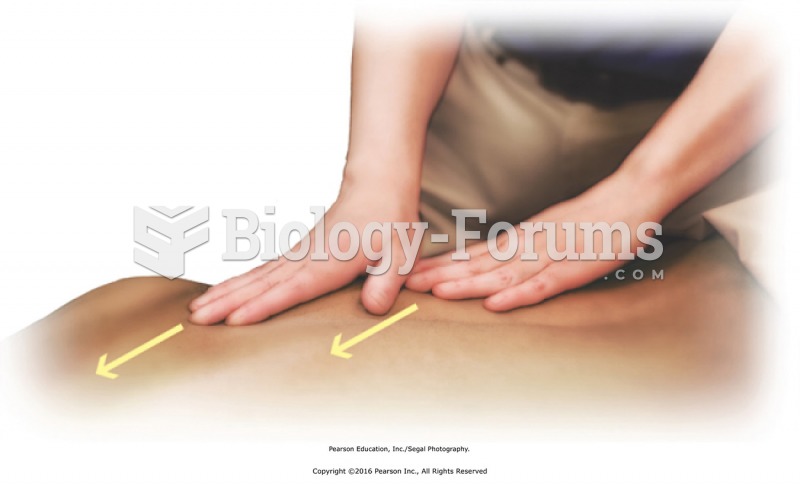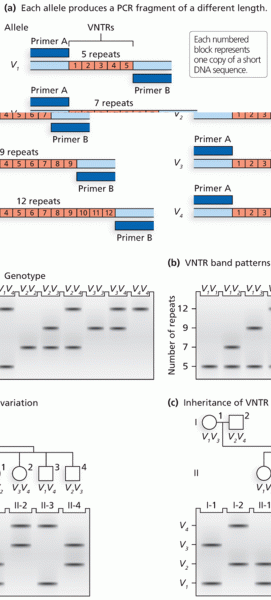Answer to Question 1
Ethical concerns about early intervention Is it right to intervene in the lives of children and young people using methods that may or may not be successful?
Labeling and stigmatization associated with programs that target high-risk populations Children and families receiving support may be called hurtful names and/or looked down upon by fellow community members.
Effects of evidence-based delinquency prevention programs can attenuate or diminish when scaled-up for wider public use. Reductions in delinquency and other problem behaviors observed in small-scale studies are difficult to maintain when these programs are disseminated on a much larger scale. Researchers and policymakers need to understand the key factors that make these programs successful and take the necessary steps so effects can be maintained.
Long delay before early childhood programs can have an impact on delinquency While the saying pay now, save later is true for early childhood delinquency prevention programs, the length of time for this benefit to be felt can act as a deterrent. In a society and political system that demand immediate results, the building of a juvenile corrections facility is often seen as a more tangible measure than the building of a preschool.
The future of delinquency prevention programs depends on educating the public and key decision makers about the value of preventing delinquency.
Student views will vary.
Answer to Question 2
In a large-scale study of after-school programs in the state of Maryland, Denise Gottfredson and her colleagues found that participation in the programs reduced delinquent behavior among children in middle school but not elementary school.
The researchers found that increasing intentions not to use drugs as well as positive peer associations were the key reasons for the favorable effects on delinquency among the older children.
Interestingly, decreasing the time spent unsupervised or increasing the involvement in constructive activities was found to play no significant role.
In another evaluation of an after-school program the All Stars program for middle school students no differences were observed in delinquency, substance use, and other problem behaviors among youths who received the program compared to a similar group of youths who did not get the program.
The authors identified limited time to achieve full implementation and potential deviance training as key factors for the program's inability to produce positive change.
Student views will vary.







